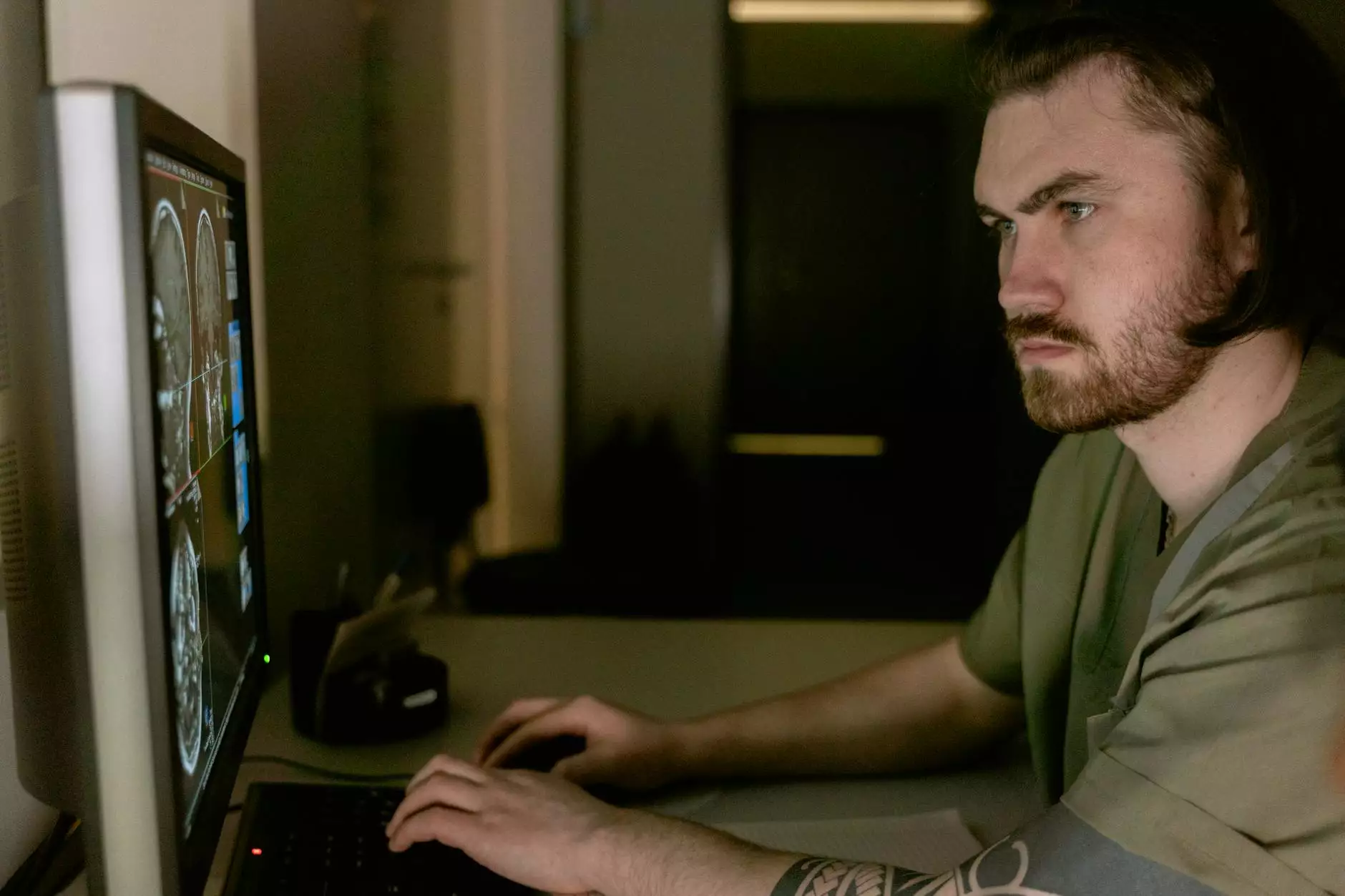What Role Can Technology Play In Alleviating The Radiology Crisis?
Health
In the ever-evolving field of radiology, technology has the potential to make a profound impact and alleviate the ongoing crisis. Dr. Farzana Rahman, a renowned expert in the field, sheds light on the significant role that technology can play in revolutionizing and improving radiological practices.
The Current Radiology Crisis
Before diving into the potential solutions, it is crucial to understand the challenges faced by the radiology industry. Radiologists often deal with a significant workload, resulting in long wait times for patients. Moreover, the increasing complexity of medical images coupled with limited resources poses a substantial challenge.
The Revolutionizing Role of Technology
With advancements in technology, radiologists can benefit from a wide range of innovative solutions that can significantly enhance their efficiency and accuracy. Let's explore some of the key areas where technology can make a positive impact on the radiology crisis:
1. Artificial Intelligence (AI) in Radiology
AI has emerged as a game-changer in various industries, and radiology is no exception. By leveraging machine learning algorithms, AI can analyze vast amounts of medical images, highlight potential abnormalities, and provide valuable insights to radiologists. This not only improves accuracy but also enables faster diagnosis and treatment decisions.
2. Telemedicine and Remote Imaging
In remote areas or areas with limited access to radiological services, technology enables telemedicine and remote imaging. Through secure online platforms, patients can undergo imaging procedures locally, and the images can be shared with expert radiologists in real-time for analysis. This not only reduces patient wait times but also ensures timely and effective diagnosis regardless of geographical barriers.
3. Enhanced Image Visualization
Technology has opened up new possibilities for advanced image visualization, helping radiologists analyze complex medical images more effectively. With high-resolution displays, 3D reconstructions, and augmented reality tools, radiologists can gain deeper insights into pathology, leading to more accurate diagnoses and improved treatment plans.
4. Workflow Automation and Integrated Systems
Streamlining the radiology workflow is another area where technology can make a significant impact. Integrated systems and automation tools can help eliminate the manual handling of administrative tasks, reducing human error and increasing overall efficiency. This allows radiologists to focus more on patient care and accurate interpretation of medical images.
Future Implications
As technology continues to advance at an unprecedented pace, the future of radiology holds immense potential for even further improvements. From the integration of AI with robotics to the development of more advanced imaging techniques, the possibilities are endless.
Moreover, as radiology becomes increasingly data-driven, technology can help harness the power of big data to identify patterns, predict outcomes, and optimize treatment plans. This data-driven approach has the potential to transform the field, allowing for personalized and precision medicine.
Conclusion
It is evident that technology can play a crucial role in alleviating the radiology crisis. Dr. Farzana Rahman's insights illuminate the potential impact of AI, telemedicine, enhanced visualization, and workflow automation in revolutionizing the field of radiology. With continued advancements, technology has the power to enhance accuracy, improve patient care, and overcome the challenges faced by radiologists today.




